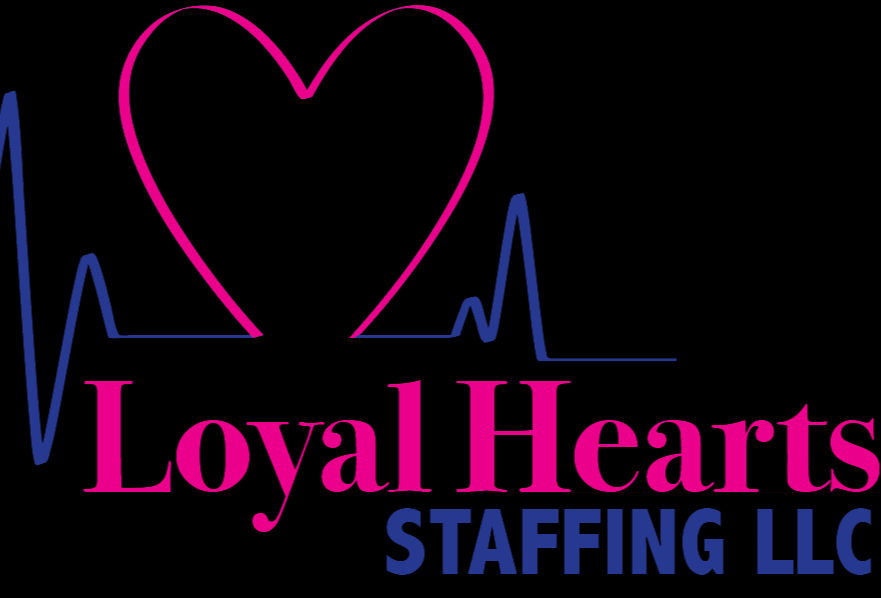First aid: steps to help an injured person in the event of an accident
- April Swanson

- Mar 20, 2023
- 4 min read
Would you know what to do to help an accident victim? First aid is essential to act effectively while assistance arrives.
Let us tell you how to put them into practice.
Let’s start with a good definition of first aid: it is the immediate care of an accident victim or sudden illness at the scene of the accident. In these cases, it is just as important to know what to do as what not to do, because the wrong action can further complicate the injuries.
Objectives of first aid according to its definition:
Prevent death if there is cardiorespiratory arrest (CRA).
1. Protect the accident site:
If necessary, remove the injured person from the scene to protect him and ourselves. Make sure that the injured person does not have a vertebral fracture so that he can be removed, and if there is a risk of this, this should be done by three people.
2. Call emergency:
Identify yourself, giving as much information as possible: – Exact location of the accident. – Type of injured person. – Number of people affected. – Maintain communication in case you have to ask questions or give instructions.
3. Rescue:
Attend to the injured. In multiple cases, always attend first to the one in cardiorespiratory arrest or with an injury so serious as to be life-threatening, such as severe bleeding, airway burns…
Assessment of the injured person 1. Primary assessment There are three elements that must always be assessed in this order: – Consciousness. – Breathing. – Pulse.
Consciousness:
We must identify whether or not the patient responds to talking or stimuli. If the victim is not conscious, but is breathing and has a pulse, the victim should be placed in the PLS (lateral safety position). This is the position in which the victim is placed on his side with his head on the ground to avoid airway obstruction due to choking.
Breathing:
If the patient is not conscious, breathing will be checked: see, hear, and feel the air when breathing and observe the chest closely to see if there is movement. If there is not, we must open the airway and, if he does not breathe spontaneously, we will practice mouth-to-mouth breathing.
Pulse:
It will be taken in the carotid artery, in the neck. If there is no pulse, cardiac massage should be performed through CPR (cardiopulmonary resuscitation). A stoppage of more than 3 minutes produces a decrease in blood supply to the cells, especially to the brain, which is the most sensitive, causing irreversible damage.
4. How to perform first aid in an accident
If we have to attend to a person who has suffered an accident, we must ask ourselves where to start primary care. These are the steps to follow:
Forehead-chin maneuver
If the injured person is not breathing and there is no pulse, we will lay the person on a hard surface and kneel on one side, opening the airway. In other words, we will hyperextend the neck and head backward to unblock the airway of the tongue. Then, we will clean the mouth if there are foreign bodies and, immediately afterward, we will make two strong insufflations in the mouth, covering the nose so that the air does not escape.
How to perform cardiac massage – Place the heel of one hand on the sternum, about two or three fingers above the tip (xiphoid appendage) that usually coincides with the midline between the two nipples. We will place the other hand on top linking the fingers so as not to compress the ribs and the thorax will be pushed down between 1 and 2 inches. – Keep the arms extended and do not take your hands off the chest, applying a compression rate of 100 compressions per minute with a breathing rate of 12 breaths per minute. – Two insufflations will be performed alternating with 30 cardiac massages. The frequency is the same with one or two rescuers, i.e. 30/2. – If a cervical injury is suspected, the airway should be opened by jaw traction. Do not stop CPR until specialized help arrives. We will only stop for a maximum of 10 seconds per minute to check if the pulse or breathing returns spontaneously. – CPR in children from one to eight years of age is performed by compressing only with the heel of one hand and in infants with the third and fourth fingers of the hand. In these cases we will perform the maneuvers in a softer way, being mouth-mouth+nose, because with our mouth we can insufflate air through mouth and nose at the same time.
Secondary diagnosis:
– We will first explore the head and neck. Then the thorax and abdomen, and finally the extremities. We will check for fractures, bleeding, or bruises. – It is advisable to use gloves and mouth protectors if we have to perform mouth-to-mouth breathing and always open the clothing and remove anything that can compress. Finally, and as general advice for all these types of situations, we should not get nervous, we must reassure the victim and act according to our knowledge and the definition of first aid. In addition, it is advisable to cover the injured person until assistance arrives and not to give him/her anything to eat or drink.








Comments